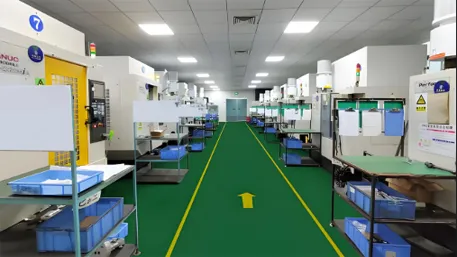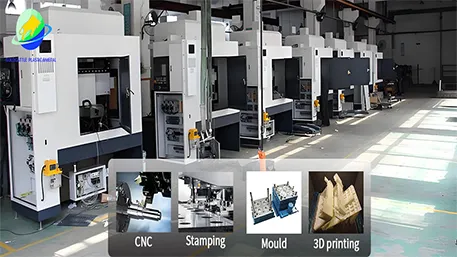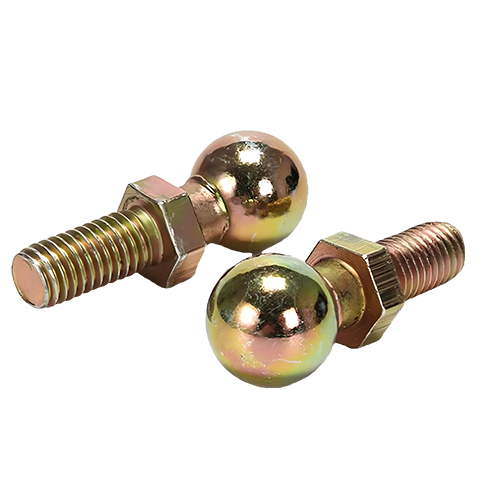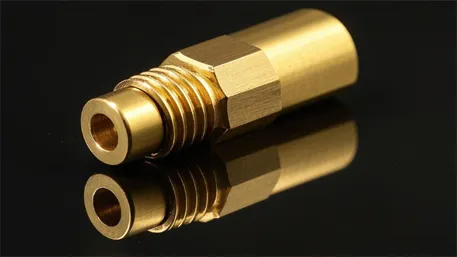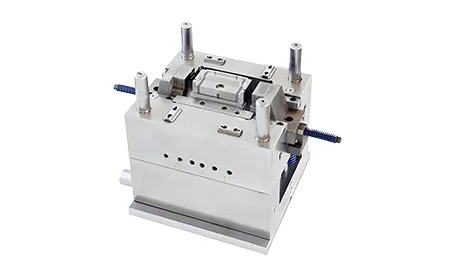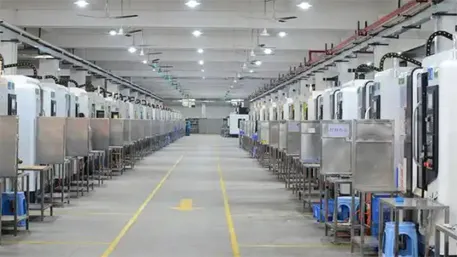In modern manufacturing industry, the importance of injection molds as the core tool for producing plastic products is self-evident. Custom injection molds not only give plastic products complete structure and precise dimensions, but also greatly improve production efficiency and product quality. In this article, we will introduce the characteristics, structure, types and design points of custom injection molds to help you better understand this key manufacturing process.
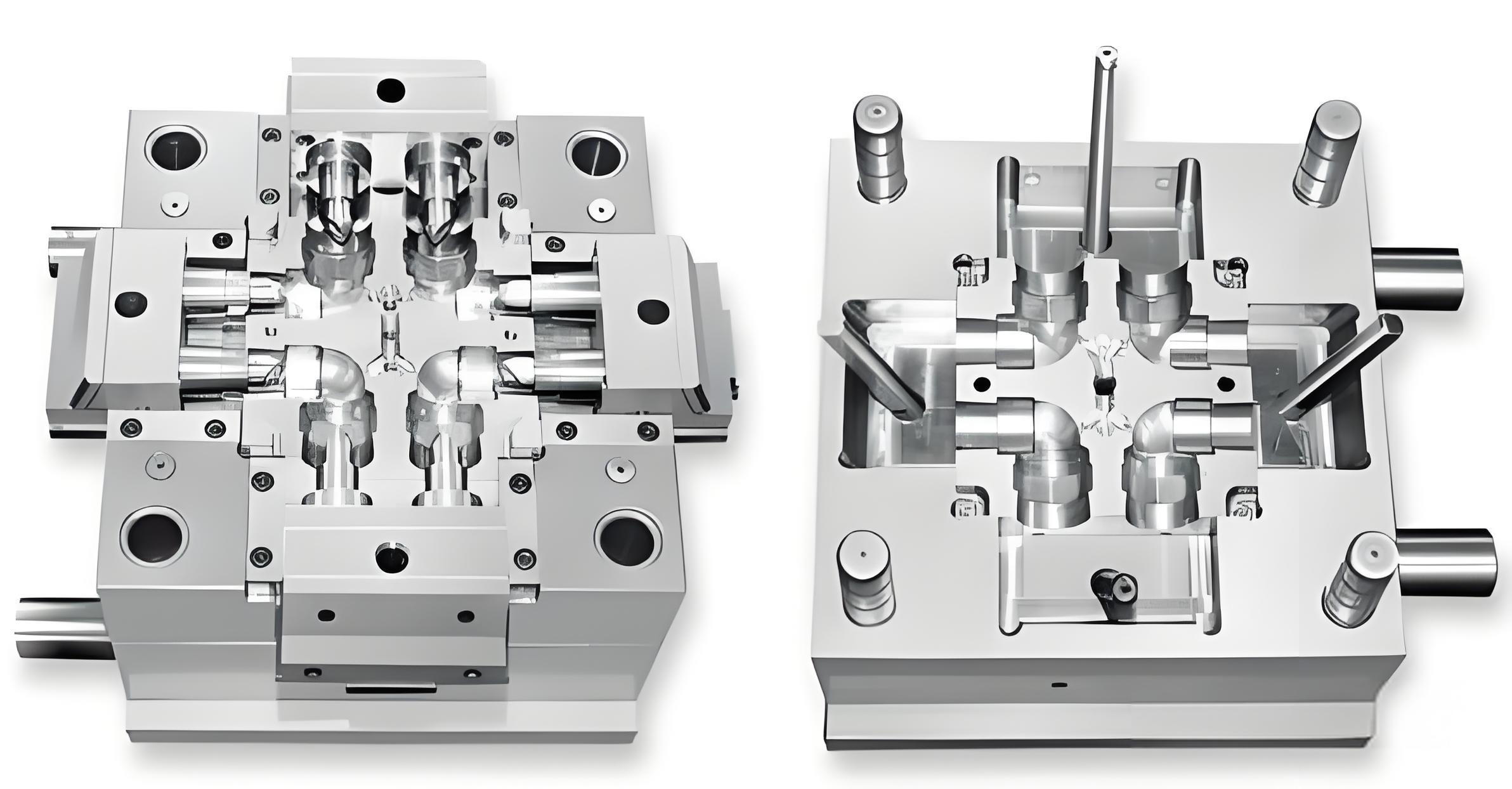
1. Features of injection molds
Efficient production: injection molds can be formed at a time more than one complex structure, size and precision plastic parts, greatly improving production efficiency, to meet the needs of mass production.
High precision: the design and manufacture of the mold, geometric shape and structural dimensions directly affect the molding quality of plastic parts. Through fine design and strict manufacturing process, custom injection molds can ensure the high precision and consistency of plastic parts.
Flexibility: Whether it is a single parting surface mold or a double parting surface mold, or an injection mold with movable molding parts, custom injection molds can be flexibly designed according to the product demand to meet diversified production requirements.
Cost control: through reasonable mold design and optimized production process, custom injection molds can ensure product quality while effectively controlling production costs and enhancing the competitiveness of enterprises.
2. Structure of injection molds
The structure of custom injection mold is complex and fine, mainly including the following parts:
Template: the main part of the mold, carrying the cavity, core and other key components, requiring sufficient thickness and strength to avoid deformation or rupture.
Cavity and core: key components responsible for molding products, their structural design and processing accuracy directly affect the dimensional accuracy and surface quality of plastic parts.
Ejector mechanism: Used to eject the molded product, the design should be reasonable to avoid damage to the molded product. Common ejector methods include ejector pins, push plates and so on.
Pouring system: Including hot runner and cold runner, the choice of which method should be considered according to the production demand and material characteristics.
Cooling system: direct cooling or indirect cooling, used to control the mold temperature, to ensure that the plastic parts cooled evenly and quickly.
3. Types of injection molds
According to different application scenarios and production requirements, custom injection molds can be divided into various types:
Single parting surface injection mold: suitable for most of the injection molded products, can be designed as single cavity or multi-cavity structure, widely used.
Double parting surface injection mold: especially suitable for single-cavity or multi-cavity injection molds with point gate feeding, with complex structure but able to effectively separate the condensate from the pouring system.
Injection mold with movable molding parts: such as movable convex mold, movable concave mold, etc., suitable for plastic parts that need special structure molding.
Automatic unthreading injection mold: suitable for plastic parts with threads, which can be automatically unthreaded by rotating mechanism or transmission device to improve production efficiency.
Runnerless injection mold: Adopting heat insulation and heating method to keep the plastic in molten state, avoiding condensation in the pouring system and reducing material waste.
Injection mold with release mechanism on the fixed mold: for some special shaped plastic parts, the release mechanism is installed on the side of the fixed mold to ensure the molding quality.
4. Design points of injection molds
Material Selection: Select the suitable plastic material, such as ABS, PC, PP, etc., according to the product use and production demand, to ensure the performance and cost of plastic parts.
Structural design: Reasonable design of mold cavity, mold core, pouring system, cooling system and other key components to ensure the dimensional accuracy and surface quality of the plastic parts.
Design of pouring system: optimize the location and form of gate to ensure uniform flow of plastic material and avoid defects.
Demolding design: Design reasonable demolding inclination and ejector mechanism to avoid damage of plastic parts, and consider the production efficiency at the same time.
Mold temperature control: control the mold temperature through heating and cooling system to ensure the cooling of plastic parts evenly and quickly.
Process parameter optimization: according to the material characteristics and mold structure, optimize the injection pressure, injection speed and other process parameters to improve production efficiency and product quality.
Custom injection molds are an important and indispensable tool in modern manufacturing. Through fine design and manufacturing process, custom injection molds can produce high quality and high precision plastic products to meet diversified production needs. If you have custom injection mold needs, welcome to contact us, we will be happy to provide you with professional services and solutions.

